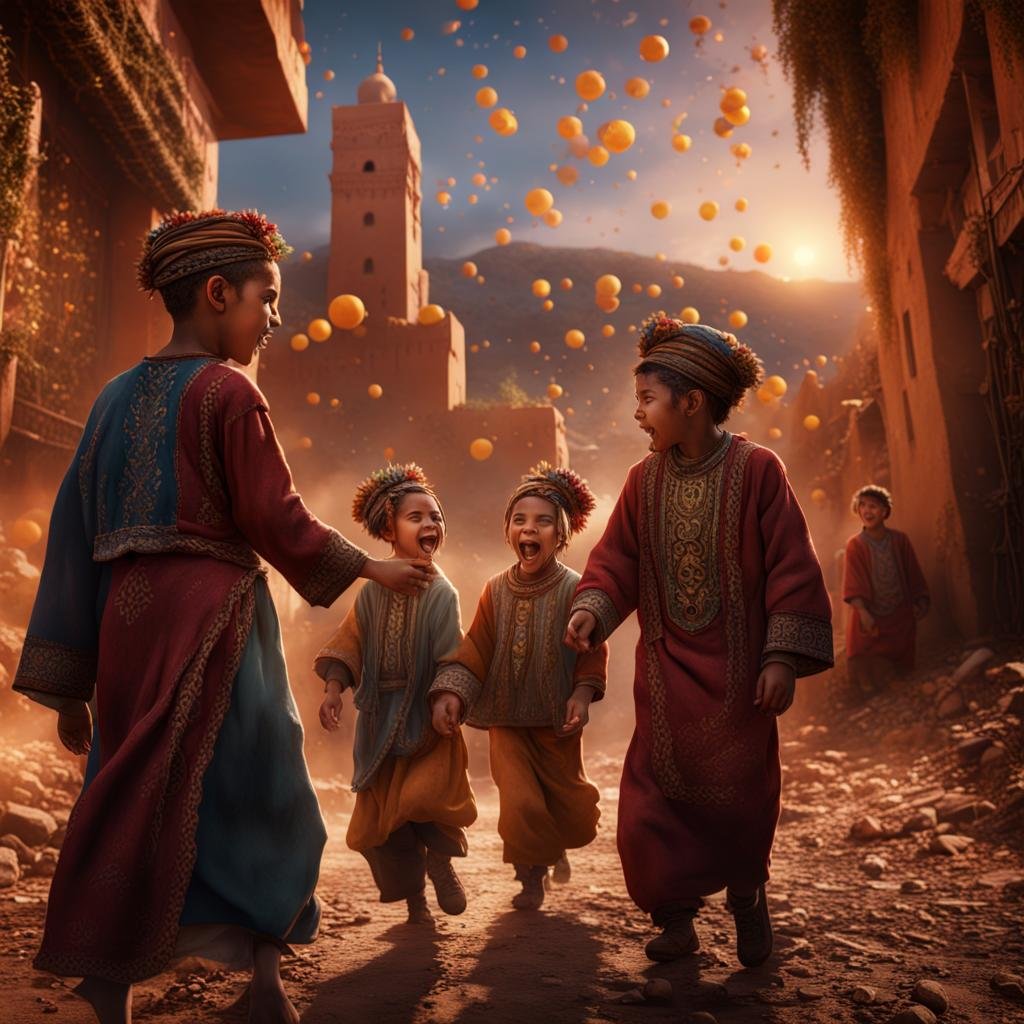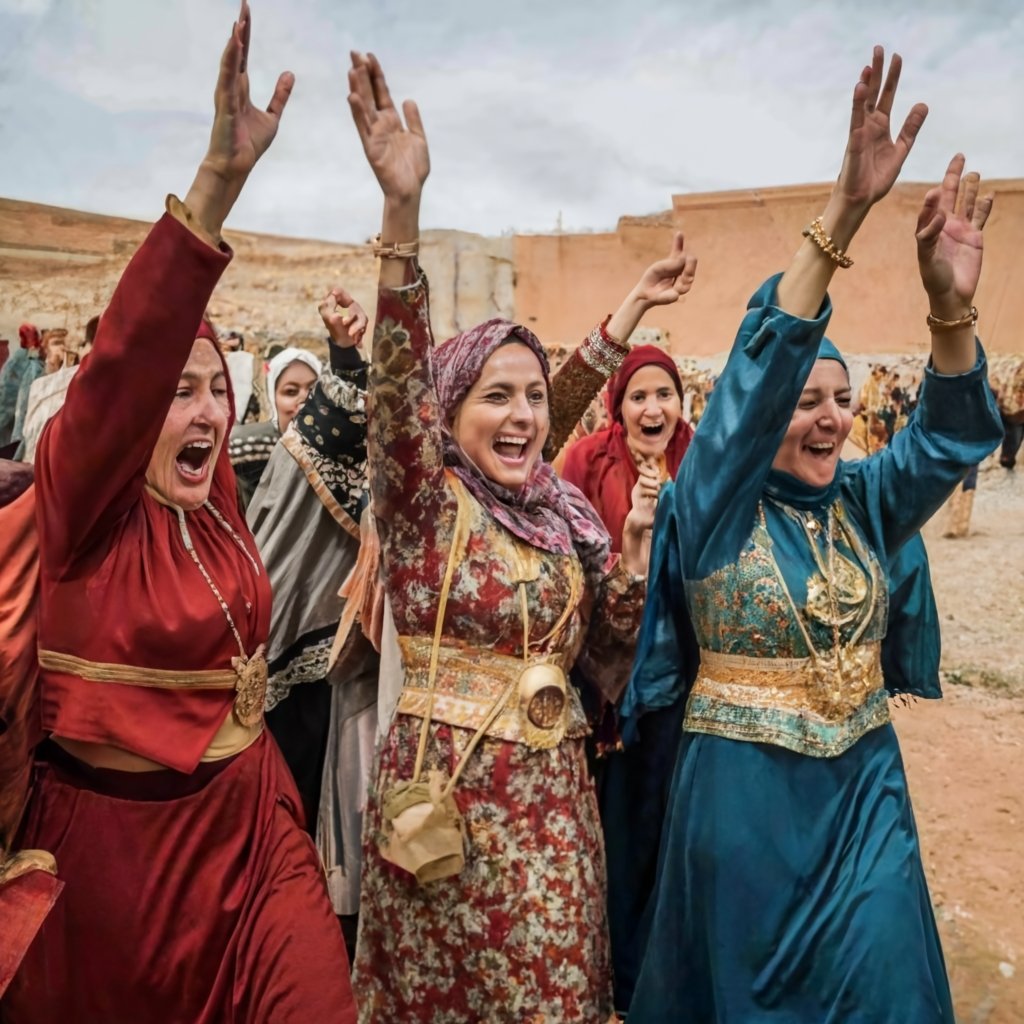Yennayer: the Berber New Year
As the Gregorian calendar turns another page, a different rhythm of celebration stirs in Morocco. On January 12th (or 14th, depending on the region), Berber communities across the country usher in the new year with Yennayer, a tradition rooted in ancient agricultural cycles and Berber identity.
Yennayer, meaning "one" in Tamazight, the Berber language, marks the start of the 2974th year in the Amazigh calendar, a system independent of the Roman one. This calendar reflects the agrarian lifestyle of Berber communities, with Yennayer coinciding with the winter solstice and sowing season.
Celebrations vary regionally, but common threads bind them. Communities gather for communal meals featuring the symbolic dish "tagola," a thick wheat and honey porridge signifying abundance and prosperity. Families share stories and songs passed down through generations, honoring ancestors and reaffirming cultural bonds.
Beyond feasting and festivities, Yennayer holds social significance. It's a time to reconcile differences, settle disputes, and strengthen community ties. Rituals like lighting bonfires and invoking blessings for the coming year reflect a deep connection to nature and its cycles.
For centuries, Yennayer faced suppression under Arab and French rule. Only in 2001 did Morocco officially recognize the Amazigh calendar, and in 2023, Yennayer became a national holiday. This recognition signifies a growing appreciation for Berber culture and its role in shaping Moroccan identity.
Today, Yennayer stands as a vibrant symbol of Berber resilience and cultural pride. It's a reminder that time can be measured in different ways and that traditions rooted in the land and community hold powerful meaning.
By experiencing Yennayer, visitors to Morocco gain a deeper understanding of the country's diverse tapestry. It's an opportunity to witness the richness of Berber heritage, taste the flavors of tradition, and celebrate the cyclical nature of life alongside welcoming communities.



